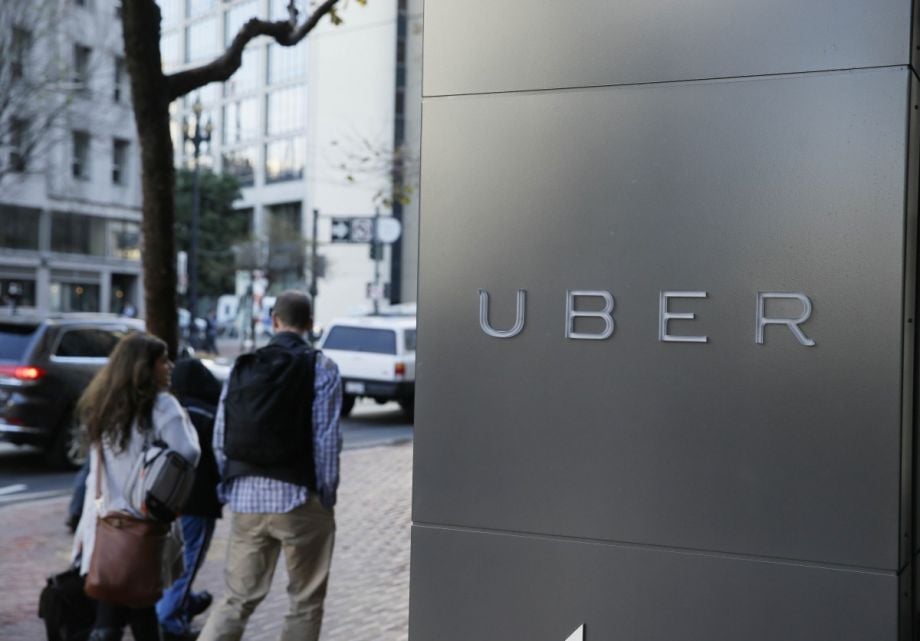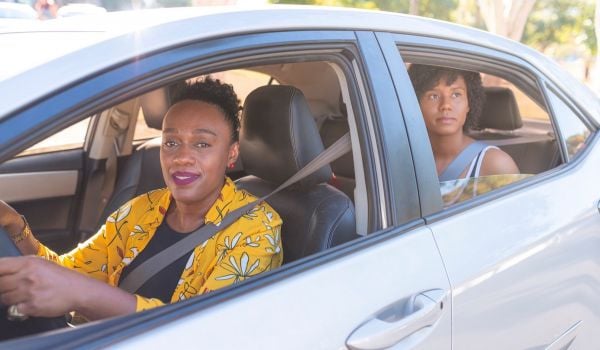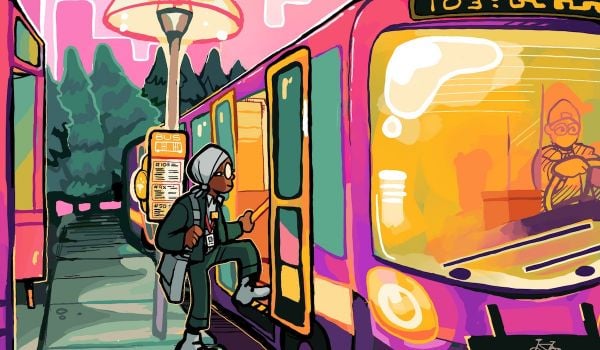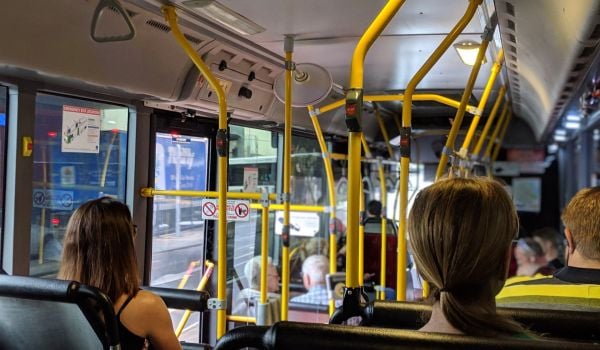Last week, Uber, the smart-phone-based transportation network company (TNC), got in on Earth Day with a variety of city-specific promotions such as offering discounts on its carpool service in New York and the ability to request hybrid or electric vehicles in Boston. In Seattle, Uber partnered with King County Metro buses, Pronto bike-share and transportation software startup Luum to host the Ditch Your Keys Challenge.
To participate, teams of four or more Seattle-area residents log miles to and from work taken by alternative transportation, defined for the contest as bus, rail, carpool, Uber, or biking or walking. The team with the most trips by the end of the month wins transit passes and free rides from Pronto and Uber.
Getting people out of their personal vehicles for two weeks is undoubtedly a more substantive Earth Day gimmick than some companies’ greenwashing on social media. But by holding this contest in partnership with bike-share and a transit agency, Uber is clearly framing TNCs as an environmentally friendly form of alt transportation. It raises interesting questions about where these next-gen, ride-for-hire services fall on the urban transportation spectrum and how much better for Mother Earth it really is to pay someone else to drive you versus driving yourself.
The answer to the first, though subjective, is fairly simple. The answer to the second is far more complex.
David Goldberg, communications director of national advocacy group Transportation for America, thinks TNCs are a good addition to the rapidly expanding urban transportation system.
“The existence of a full array of transportation options is definitely making it easier to live a car-light or car-free lifestyle,” says Goldberg. “Smartphone-enabled travel means you can have a reasonable assurance when you leave your house that you’ll have a last mile connection.”
He doesn’t see companies such as Uber and Lyft ever supplanting transit. But TNCs might reduce the frequency with which people have to drive themselves to work or shopping or events and find a place to store their car for hours. “Cities can much more readily accommodate cars that are moving multiple people and don’t need a place to park for a long period of time than they can handle people streaming in looking for places to stow a car.”
Susan Shaheen is a professor and co-director at University of California, Berkley’s Transportation Sustainability Research Center. She says it has been difficult to quantify the impact TNCs have had on urban transportation networks and their potential environmental impact because the companies have been secretive with their data.
In an attempt to give the issues some numbers, Shaheen and her colleagues produced an “exploratory” study of TNC companies and users in San Francisco. They conducted intercept surveys with 380 TNC users in three spots in the city in Spring 2014. Shaheen was quick to caution that their small data set only provides a glimpse into TNCs’ impact and the users surveyed skew young and affluent. But she says the study definitively shows that in San Francisco, TNCs both compete with and complement mass transit.
Of the users surveyed, 92 percent would have taken their trip by other modes had TNC not been an option, 8 percent would not have. Among those who would’ve taken other modes, 39 percent would’ve taken a taxi, 6 percent would’ve opted to drive their own car, 24 percent bus, 9 percent rail, 8 percent walk, 2 percent bike and 12 percent were put down for “other.” For the 39 percent who would’ve taxied and 6 percent who would’ve driven, TNC use was no better or marginally worse environmentally. For the 45 percent who passed up transit, walking or biking, TNC use was arguably worse.
Obviously there are many complicated externalities to consider when determining environmental impact. But in the simplest terms, for TNCs to be environmentally friendly, they have to occupy a sweet spot of reducing personal vehicle use without reducing transit ridership.
The study found that for many users, TNCs are a first mile/last mile solution that connects them to transit. But when transit trips were too long, required transfers, or were late at night, people chose TNCs as an alternative.
Shaheen says ultimately they didn’t have enough data to draw conclusions about environmental impact. Their survey did include a question about whether TNC use had affected car ownership: 90 percent of respondents said no, 10 percent said yes.
In the year since the study was conducted, both Uber and Lyft have started including a carpooling option that allows strangers to split a ride. Data is still hard to come by but Lyft says the majority of rides in San Francisco are being split by strangers. Uber recently noted on its blog that a month of its carpool option in San Francisco saved about 120 metric tons of CO2 emissions.
Like Goldberg, Shaheen sees TNCs as part of an evolving network of transportation options for city-dwellers.
“To me they fit into this broader terminology of shared-use mobility, which includes car-sharing, bike-sharing, casual carpooling, ride-sourcing services, flexible transit services, even employer shuttles. Shared-use mobility can be used to connect to transit or can sometimes be used as a form of public transit itself.”
Given how quickly the services are evolving, not to mention the lingering regulatory issues and unresolved questions about their labor models, it’s perhaps too early to say exactly what role TNCs will ultimately play in cities.
But for Goldberg, anything that removes single occupancy vehicles from city streets is just common sense.
“City streets are general constrained. As more people get around on foot and bicycle, more space needs to be given to their safety. We also need to preserve space for freight. Something has to give. The most rational thing to give up is people traveling one to a car.”
The Works is made possible with the support of the Surdna Foundation.

Josh Cohen is Crosscut’s city reporter covering Seattle government, politics and the issues that shape life in the city.
Follow Josh .(JavaScript must be enabled to view this email address)

















